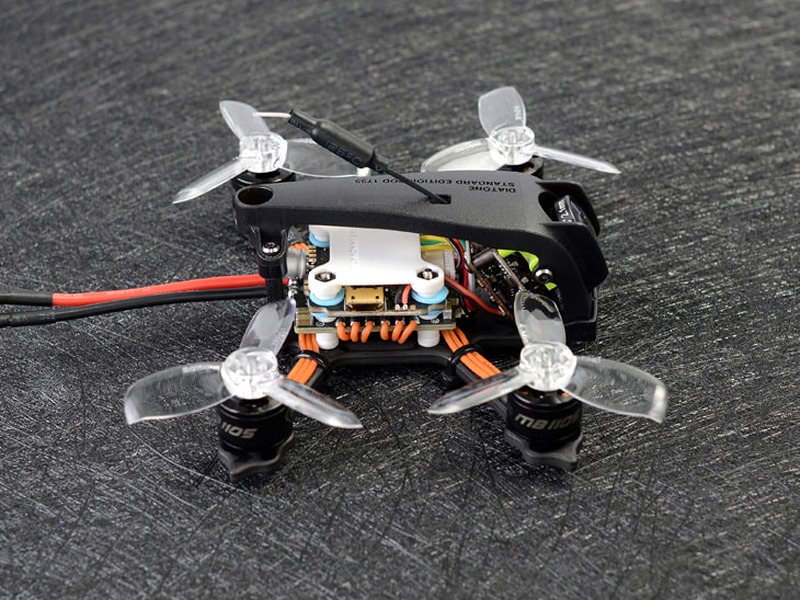How much does it cost to start FPV?

The cost to start flying FPV (First Person View) can vary greatly depending on the type of setup you are looking to get. Generally, you will need a drone, a controller, a set of goggles or a monitor, a video transmitter, and a battery.
Starting with the drone, you can expect to spend anywhere from $100 to $1000 depending on the type of drone you are looking for. If you are just getting started, a smaller, less expensive drone is recommended. This will give you the opportunity to learn the basics of flying an FPV drone without breaking the bank.
Next, you will need a controller. This will allow you to control your drone and fly it in the direction you want. There are a variety of controllers available, ranging from basic to advanced. Generally, you can expect to spend anywhere from $50 to $400 on a controller.
After that, you will need a set of goggles or a monitor. Goggles allow you to see the video feed from the drone in a first-person view, while a monitor allows you to see the video feed from a distance. Goggles are generally more expensive than monitors, with prices ranging from $200 to $600. Monitors, on the other hand, can cost anywhere from $50 to $300.
Next, you will need a video transmitter. This will allow you to transmit the video feed from your drone to your goggles or monitor. Prices for video transmitters range from $50 to $200.
Finally, you will need a battery. Batteries come in a variety of sizes and prices, ranging from $20 to $100.
In total, you can expect to spend anywhere from $420 to $2100 to get started with FPV. Of course, this is just an estimate and the actual cost may vary depending on the type of setup you are looking for.
Overall, getting started with FPV can be a fun and rewarding experience. With the right setup, you can have hours of fun flying your drone and capturing amazing aerial footage. The cost to get started may seem daunting at first, but with the right research and planning, you can find a setup that fits your budget and meets your needs.
Comments / Question
2. Flight controller: This is the brains of the operation and is responsible for controlling the motors and other components of the aircraft.
3. Motors and ESCs: These are the components that provide the power to the aircraft and are essential for a successful FPV setup.
4. Propellers: Propellers provide the thrust necessary for the aircraft to take off and fly.
5. Radio Transmitter and Receiver: This is the component that allows the pilot to control the aircraft from a distance.
6. Battery: Batteries provide the power necessary to keep the aircraft in the air and are an important part of any FPV setup.
7. Camera: Cameras are necessary for recording the flight and provide the pilot with a live video feed.
8. Antennas: Antennas are necessary for transmitting and receiving the radio signals between the aircraft and the ground station.

